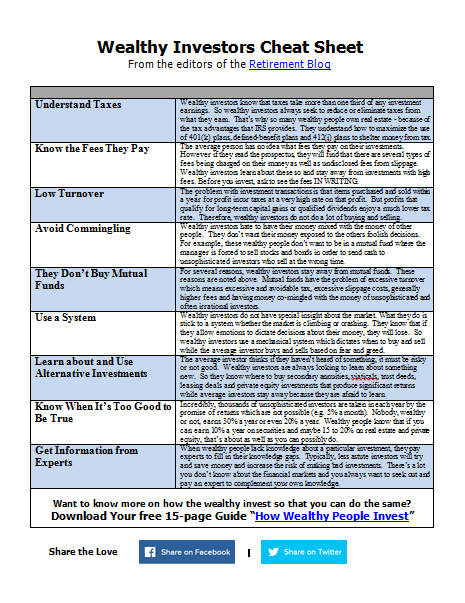Investing in retirement can be tricky, as it requires that you consider several factors of lesser concern to younger investors. Make a mistake and you could find yourself surviving on less income than you planned, paying more in taxes, or leaving a much smaller legacy to your heirs than you thought you would.
Planning for the right time horizon
It seems weird to consider longevity a risk, but when it comes to living out your retirement with enough money to do what you want, take care of medical costs and even keep a roof over your head, the longer you live, the more likely you are to have trouble keeping up.
Whether or not you realize it, longevity is the number one risk facing retirees. Your life expectancy if you are now 65 is at least 20 years, but that represents an average; many seniors live much longer. In fact, a 65-year old male has a 25 percent chance of living past 92, a female has a 25 percent chance of living past 94. Thus that 20-year number isn’t very useful when it comes to individual retirement planning.
Living beyond your expectations, then finding yourself modifying your lifestyle downward towards the end of your lifetime could be a nightmare. Therefore, investments in retirement should have a long term rather than short term orientation.
One page "invest like the rich" cheat sheet provides short explanations of how the rich investment differently. You don't need to be rich to copy what they do. Download now.
Market Risks
Retirees still need to invest a portion of their nest egg for growth, yet cannot afford to take on the same level of risks as a younger person because there is less time to make up for bad decisions that have a negative impact on your portfolio.
If you use static, average rate of return when planning for how long your savings will last you don’t allow for the reality that average is just that, some years are going to be better and some worse. If low or negative return years occur in the early years of retirement, the damage to your portfolio may significantly impact your future income projections. Therefore, investments in retirement should be deposited into "baskets" such that the baskets subject to market risk will not be used for several years.
Inflation
Most investors do not realize that your income must double every 20 years just to keep up with the average rate of inflation. Many pensions do not include a cost of living adjustment, thus your personal savings will have to either grow adequately to cover inflation, or be large enough to allow you to draw an ever-increasing amount of income each year. Hedging for inflations requires retirement investments that have a growth component such as stocks or real estate.
Starting retirement with too large a draw down
As discussed above, the amount of retirement income you need to draw from your savings, just to maintain your lifestyle will increase with time. Other costs such as medical expenses are also likely to rise, as you grow older.
It can be difficult to really envision what your life will be like in 20, 25, 30 or more years, and for that reason many retirees begin retirement taking too large a percentage of their savings. Sometimes the reason appears to make sense, “my portfolio gave me 6 percent this year so I’ll take 5 percent and leave the rest to grow,” unfortunately this line of logic doesn’t take into account market fluctuations that may cause next year to deliver no income, or perhaps you receive income, but your principal is reduced leaving less money to grow and keep up with inflation.
A study done by three professors at Trinity University examined this issue using historical rates of return and portfolios that were configured with different stock/bond ratios, to reflect varying returns and volatility. The study is too complicated to go into detail here, but it clearly suggests that the longer you plan to be in retirement, the lower your initial draw down rate must be.
Most retirees will need to start somewhere in the 3-5 percent range, then allow increases to that amount for inflation. Figuring out what you should take will require analysis of your life expectancy, the number of guaranteed/lifetime income sources you have (such as pensions or annuities), and the composition of your portfolio.
In conclusion, when it comes to developing your financial plan for your retirement investing plans you need to pay close attention to details that were less important when you were younger. Fortunately it is possible to structure most portfolios to protect yourself from running out of money.
Your best defense is to sit down with a retirement consultant who can address your specific needs, concerns and desires, and help to develop a plan and portfolio that will allow you to sleep comfortably in the knowledge that your life will remain financially secure.

Leave a Reply